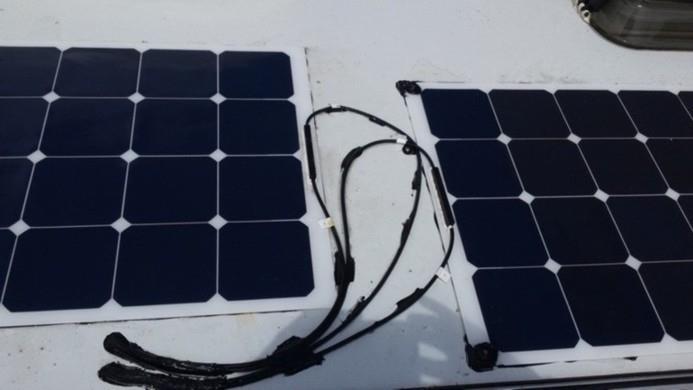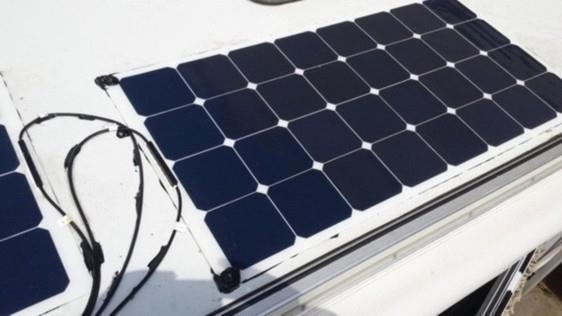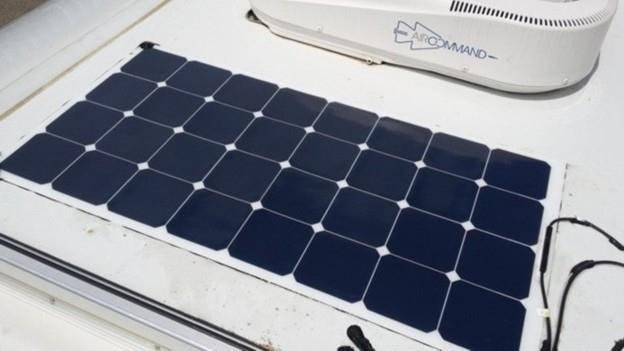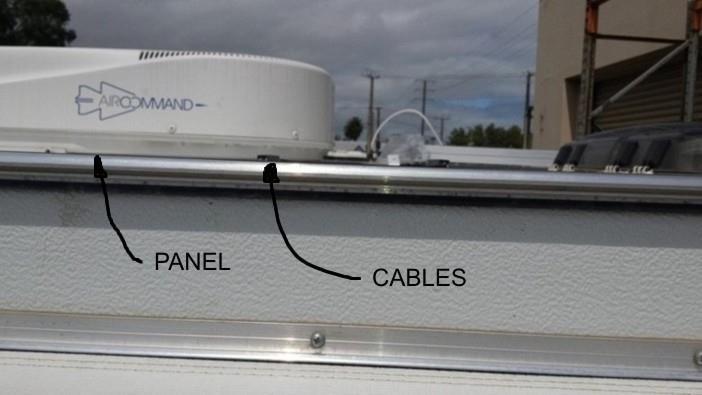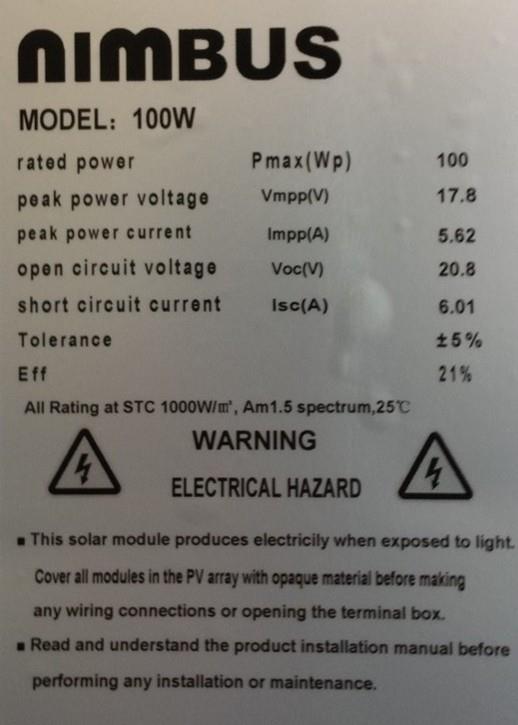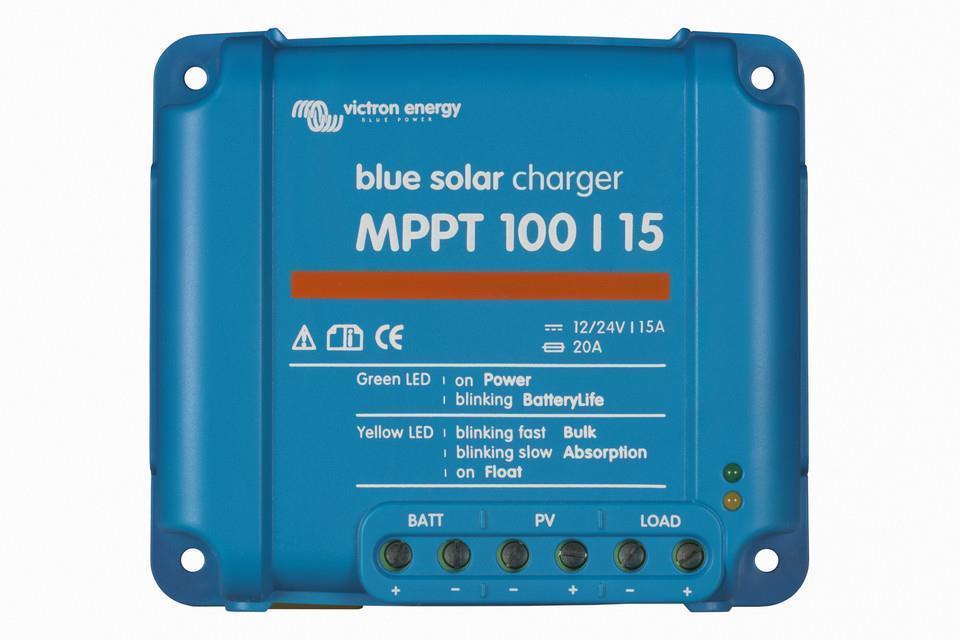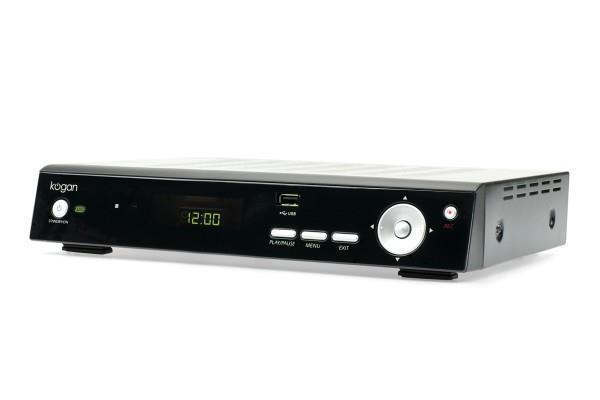condor22
Mike
Firstly,the size of a 250W panel, my van is only an 18 footer (A/C, large main hatch, shower vent and Winguard antenna) wouldn't fit. 2nd, a 250W would weigh about 16kg or more, whereas the panels I'm putting up are about 3kg each. Next, a framed panel is at least 35mm thick, needs to be mounted on legs (brackets) at least as high off the roof, changing the aerodynamics. The only way I can get 200W is to use 2 panels and each would be at least 10 to 11kg adding up to over 20kg (not including fixings)
Also, I am reluctant to fix brackets to the roof for a panel, my first van had a panel bracketed to the roof, it developed a leak on 2 of the brackets near the outer edge. The panel was over the overhead cupboards of the lounge and was not detected until the damage was done. The flat panels glued on aren't visible from the ground and would minimise if not eliminate any change to aerodynamics.
I also had to remove bird nests on several occasions and it was difficult to clean under them.
But, mostly that I estimate, 30% more output from these panels over mono crystalline based on the concertina panel I already have, which uses these cells.
Finally, my choice......
Also, I am reluctant to fix brackets to the roof for a panel, my first van had a panel bracketed to the roof, it developed a leak on 2 of the brackets near the outer edge. The panel was over the overhead cupboards of the lounge and was not detected until the damage was done. The flat panels glued on aren't visible from the ground and would minimise if not eliminate any change to aerodynamics.
I also had to remove bird nests on several occasions and it was difficult to clean under them.
But, mostly that I estimate, 30% more output from these panels over mono crystalline based on the concertina panel I already have, which uses these cells.
Finally, my choice......





